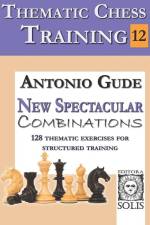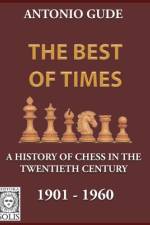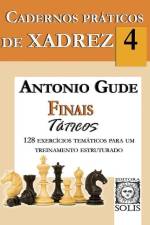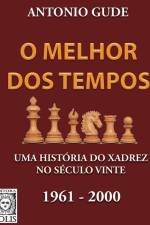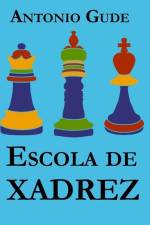- Book 5 - Attacks on Castling
av Antonio Gude
179,-
THEMATIC CHESS TRAININGBOOK 5 - ATTACKS ON CASTLINGThe exercises in this book illustrate typical castling attacks, in their final phase, usually with a combinatorial result. Small castling attacks were studied in Chapter 8 of Chess School and then in the extensive Chapter 7 of Chess School 2.Of course, the topic of castling is also extensively developed in the three books of the Encyclopedia of Tactics, soon to be published by Editora Solis (Technique of mate combination, School of tactics and The attack in chess), duly organized by topic, with numerous diagrams and exercises.Students should bear in mind that, when solving the exercises, they are not asked to decipher each and every move in the game (which are sometimes included right to the end, for documentary purposes), but only those that, say, lead to a decisive advantage for one side (+ -, - +) or forced draws (=), where appropriate. There are exceptions (and in this sense, the guidance of an instructor, or the reader's own common sense, is important), because if the first move or two produce this opinion, it is worth waiting for the solver to provide additional concrete lines that enrich the solution. Chess is not a mathematical science and allows for different interpretations.Only one formula is known for progressing in chess: play as many games as possible, together with theoretical study and analysis of the games themselves. The ideal complement to this formula is, as many great masters recommend, for the player to develop and perfect their tactical and strategic skills by solving numerous exercises, specially selected for their usefulness. Like the ones we offer here




